Field Crop Update, September 14, 2023
Erik Smith, Area Field Crop Specialist
Central New York Dairy and Field Crops
1. Announcements and Weather Outlook
Corn silage harvest is here! …for some. Remember your silking date and check section 2 for a ballpark estimation of when your crop
might reach 35% dry matter. And the short-term weather should be good for dry-down:
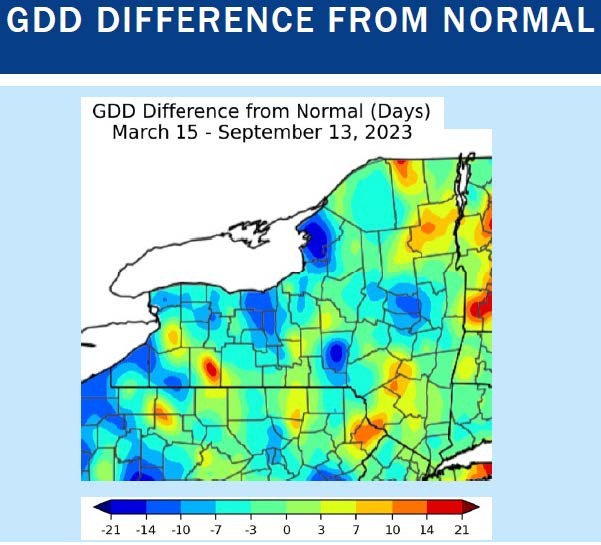
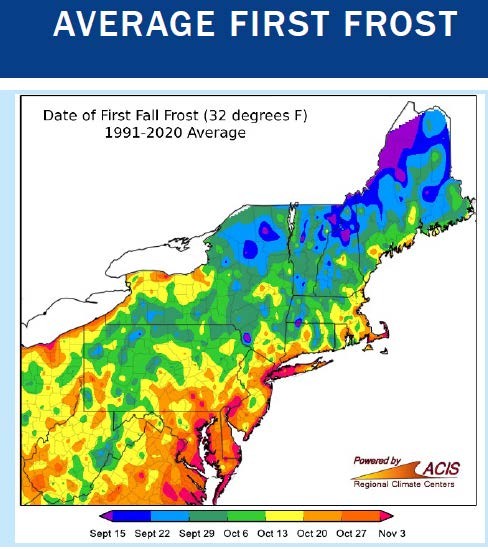
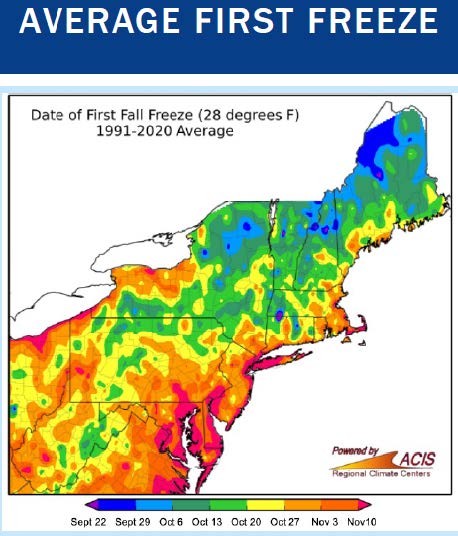
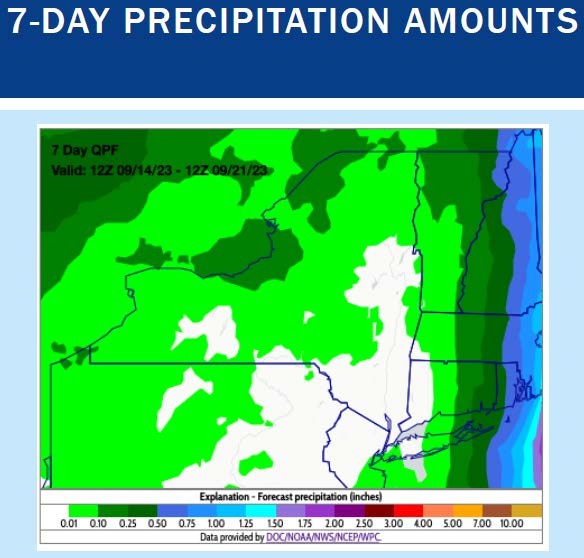
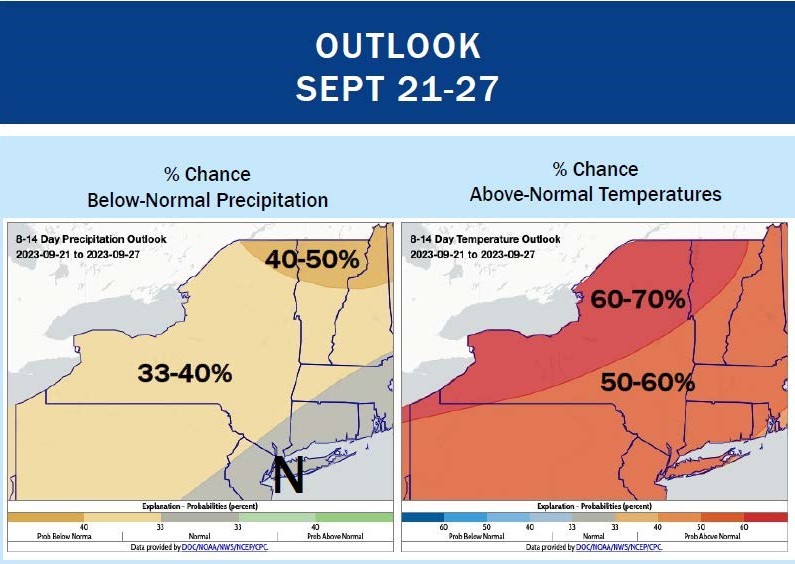
2. Growing Degree Days See: Climate Smart Farming Growing Degree Day Calculator. Check your location, planting date, and silking
date. Silage corn needs 750-800 GDD (depending on hybrid maturity) after silking to reach a whole plant DM of 32%. Under typical late season
dry down conditions we can expect the crop to reach 35% DM four to seven days later (Remember that we can expect to accumulate 20-25
GDD per day or even up to 30, so it's not a large window). For more details, see this article. No matter what the numbers say, check your crop!

Blue: Time to make plans (35% DM anywhere between 5 - 11 days from now, depending on maturity)
Green: Gas up the harvester and the trucks (35% DM in 2 - 8 days, depending on maturity)
Yellow: See you in the field (35% DM in less than a week):
Red: It's either already in the bunk or it's going for high-moisture corn or it's going in the bin for grain (DM likely > 35-40%)
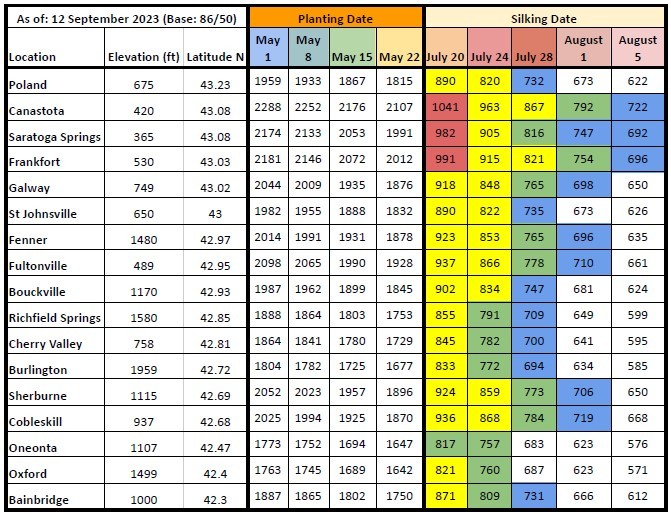
Upcoming Events
New York State Fiber Conference
June 9, 2024
Bouckville, NY
Theme for this year: Quality Matters
Announcements
Cash Rent and Custom Harvest Survey
To date, there is limited information available about rental rates and fees for crop harvesting. Farms can use this valuable information for their farm business planning to help improve decision making and profitability.Farmers Can Join MeatSuite For Free!
MeatSuite.com is a free resource provided by Cornell University where NY meat farmers can create a farm profile and list their bulk (wholes, halves, quarters) and bundled (i.e. Grilling Bundle) meat products.Why should farmers join?
1. It's free and easy!
2. Connect with more local customers. In the past year the MeatSuite.com farm directory had 8,300 visits from New York consumers. Farm profiles get as many as 25 views per month from potential local customers. We also spotlight MeatSuite farms on social media and bring attention and purchases to farms through highlights and giveaways.
How do I join?
Farmers can visit https://www.meatsuite.com/farmers/ to create a free farm profile. You must list at least one product for your farm's profile to go live. You'll also have access to Cornell's free Meat Price Calculator, a helpful tool for pricing your meat to make a profit.
While you're on MeatSuite, check out the "Creating Consumer-Friendly Bulk Meats" publication on the log-in page. It has tips on how to create bulk meat products that are easier for first-time buyers to say "yes" to.
If you have any questions as you create your farm profile or products, we're here to help! Please email Matt LeRoux at mnl28@cornell.edu.




